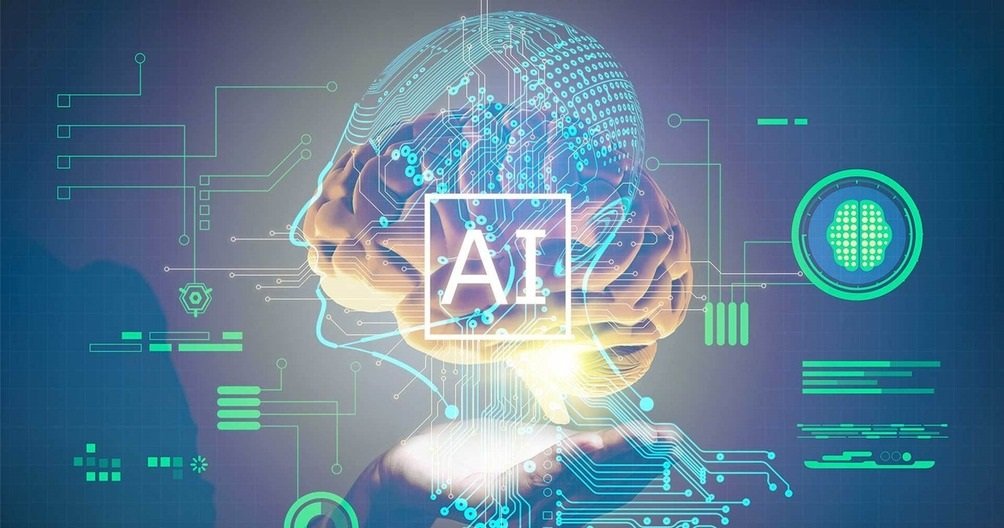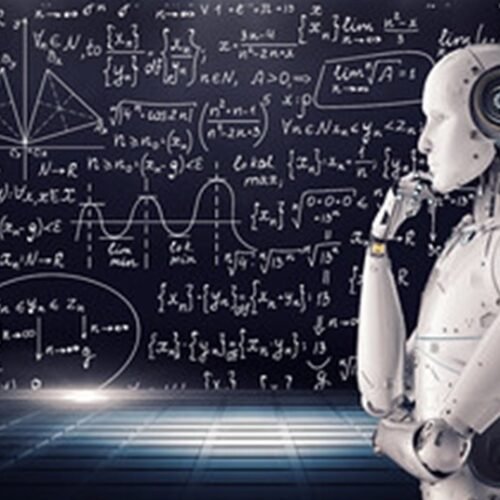
Introduction to Artificial Intelligence (AI)
Artificial Intelligence (AI) is a branch of computer science that aims to create systems capable of performing tasks that typically require human intelligence. These tasks include learning from experience, understanding natural language, recognizing patterns, and making decisions.

Types of AI
Partnering with a Dynamics 365 expert streamlines workloads, enhances productivity, provides insights, maximizes investment, and transforms your organization.
1. Narrow or Weak AI
2.General or Strong AI
3. Superintelligence
Machine Learning
Machine Learning is a subset of AI that focuses on the development of algorithms that allow computers to learn from and make predictions or decisions based on data. It enables systems to improve their performance on a specific task over time without being explicitly programmed.
Deep Learning
Deep Learning is a subset of machine learning that involves artificial neural networks inspired by the structure and function of the human brain. These neural networks are capable of learning from large amounts of labeled data and can be used for tasks such as image and speech recognition.
Applications And Benefits of AI
Applications of AI
- AI-powered systems can analyze and interpret visual information, enabling applications.
- NLP allows computers to understand, interpret, and generate human language. Applications include virtual assistants.
- AI is used in robotics to control and automate physical devices, such as industrial robots and drones.
- AI algorithms analyze historical data to identify patterns and trends, making predictions and forecasts in various domains such as finance and healthcare
Benefits of AI
- AI can automate repetitive tasks, freeing up human workers to focus on more creative and strategic endeavors.
- AI algorithms can optimize processes, reduce errors, and improve productivity in various industries.
- AI systems can perform tasks with a high degree of accuracy and consistency, reducing the likelihood of human error.
- AI enables the development of new products, services, and business models that were previously unthinkable, driving innovation across industries.
Conclusion
While AI holds immense promise for improving various aspects of our lives and driving innovation, it also presents significant challenges that must be addressed. By addressing these challenges and ensuring that AI systems are developed and deployed responsibly, we can harness the full potential of AI for the benefit of society.
FAQs
Narrow AI, or Weak AI, is designed to perform a specific task, such as virtual assistants or recommendation algorithms. General AI, or Strong AI, refers to systems that can perform any intellectual task that a human can do. General AI remains theoretical and has not yet been achieved.
Machine Learning is a subset of AI that involves creating algorithms that allow computers to learn from data and improve over time. Deep Learning, a subset of Machine Learning, uses neural networks modeled after the human brain to analyze large amounts of data. Deep Learning is particularly effective for tasks like image and speech. recognition.
Ethical concerns related to AI include bias and discrimination, job displacement, accountability, and security and privacy issues. AI systems can perpetuate existing biases if not designed with fairness in mind, potentially displacing workers through automation. Ensuring ethical use and accountability in AI development is critical to addressing these concerns.

